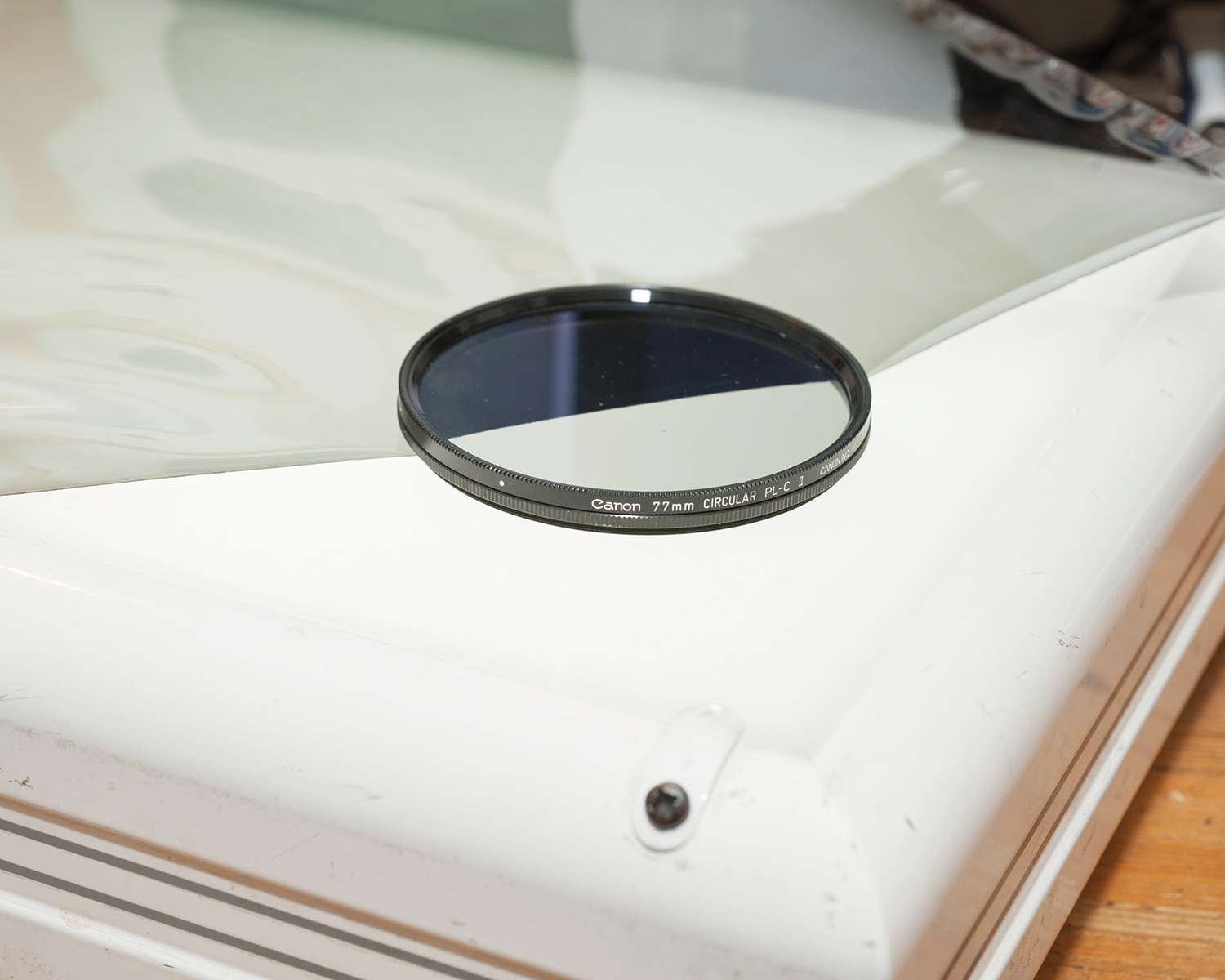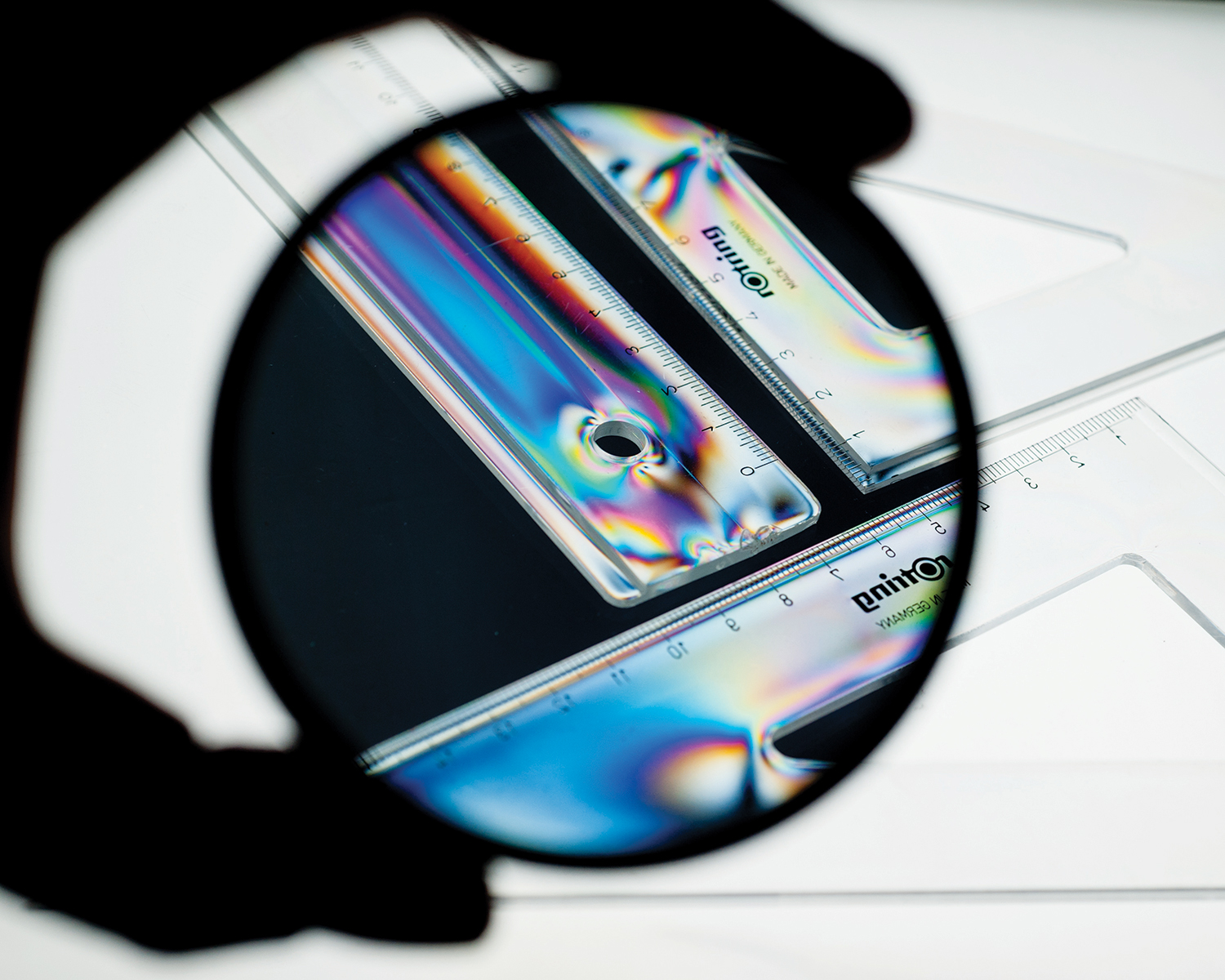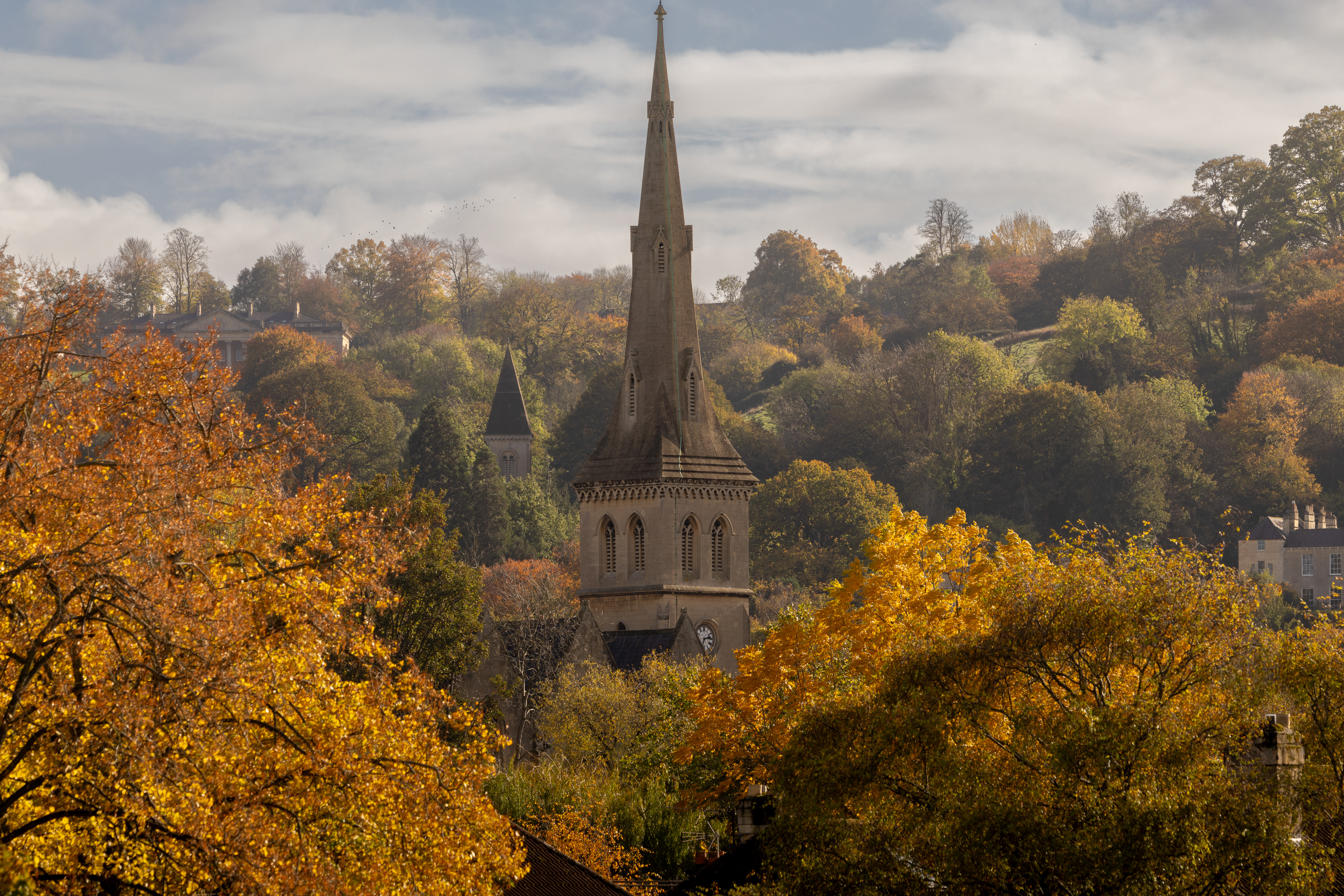How to use polarizing filters for colorful cross-polarization effects
Capture the quirky and colorful hues of cross-polarized light with a pair of polarizing filters
Watch the video: how to capture cross-polarization effects
Believe it or not, the extraordinary colors on show in the image below aren’t the result of the overzealous use of Photoshop filters. In fact, they’re caused by an optical effect called cross-polarization.
So how does the result come about? Well, when certain objects are placed between two polarizing filters – one on your camera’s lens and one covering the light source – the light will behave in an unusual way, revealing wild and wonderful colors that wouldn’t normally be visible to the human eye.
• 10 things you need to know about camera filters!
• More photography tips
While the science behind the effect is complicated, it’s actually a really easy technique to get to grips with. Even better, you don’t need loads of expensive kit or accessories.

1. Go in a circle

First, get two polarizing filters. You’ll need a circular polarizing filter to attach to your lens, and a second to go over the light source. The latter doesn’t need to be circular – a sheet of polarizing film is fine. We’re using a sheet of Lee 239 film on top of a lightbox.
The best camera deals, reviews, product advice, and unmissable photography news, direct to your inbox!
2. Look for plastic

Plastic, especially the injection-moulded variety, works best for this technique because the cross-polarization effect reveals stress points in all their multicolored glory. Cutlery, cups, glass and stationery are all cheap, readily available and make perfect subjects.
3. Twist and turn

When you’re ready, place the objects on the lightbox and rotating the circular polarizer on your camera’s lens until you get the desired effect. As you rotate the filter, the intensity of the effect changes – at some points, the white light from the lightbox will become black.
More videos:
The best polarizing filters in 2019
147 photography techniques, tips and tricks for taking pictures of anything
Levitation photography: how to make objects float
How to use an ND filter for slow-shutter-speed seascapes
Focus stacking: how to get amazing depth of field in macro photography
Benedict Brain is a UK based photographer, journalist and artist. He graduated with a degree in photography from the Derby School of Art in 1991 (now University of Derby), where he was tutored and inspired by photographers John Blakemore and Olivier Richon, amongst others. He is an Associate of the Royal Photographic Society and also sits on the society’s Distinctions Advisory Panel.
Until July 2018 Benedict was editor of Britain’s best-selling consumer photography magazine, Digital Camera Magazine. As a journalist he met and interviewed some of the world’s greatest photographers and produced articles on a wide range of photography related topics, presented technique videos, wrote in-depth features, curated and edited best-in-class content for a range of titles including; Amateur Photographer, PhotoPlus, N-Photo, Professional Photography and Practical Photoshop. He currently writes a regular column, The Art of Seeing, for Digital Camera magazine.

